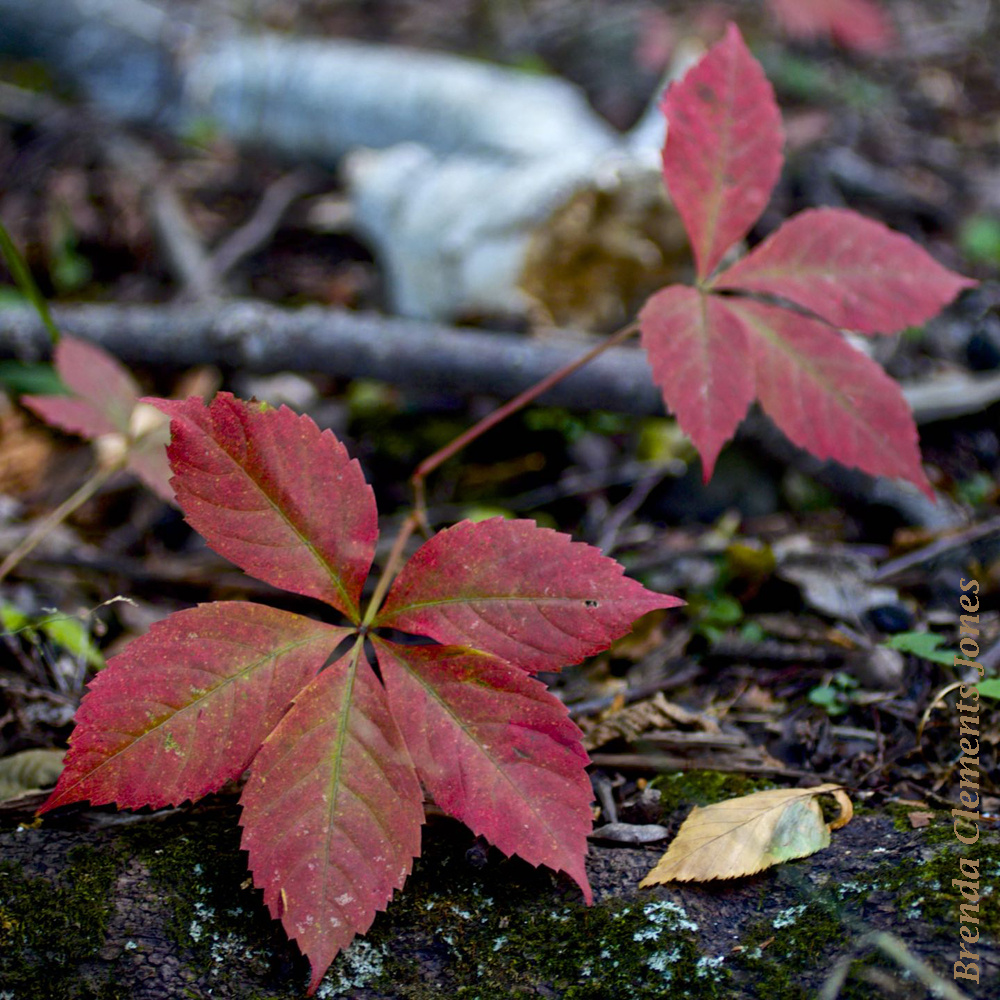
During the summer months the trees around us are covered with green leaves. The green color in those leaves is thanks to a green pigment, chlorophyll, that the leaves use to capture the sun’s energy. That energy is used to change water and carbon dioxide into glucose and oxygen, in a process called photosynthesis. Glucose is used by plants for energy and to create other materials such as cellulose, and starch. But how do we end up with the warm colors of autumn? The reds, yellows and oranges?

The principal pigments that produce color within a leaf are: chlorophyll (green); xanthophylls (yellow); carotenoids (orange); and anthocyanins (reds and purples).

During the summer there is an abundance of chlorophyll as the leaves work to provide energy for the tree, this gives the leaves their green color. As summer winds down trees will pick up signals that the seasons are changing. Those signals? Days that are becoming shorter and cooling temperatures. In response photosynthesis slows and the amount of chlorophyll drops drastically, leaving the other pigments within the leaf more plentiful, changing the colors. Yellows, oranges, reds and sometimes even purples. And we have AUTUMN.
